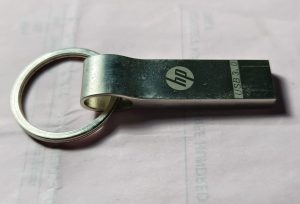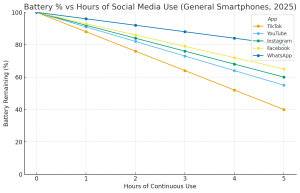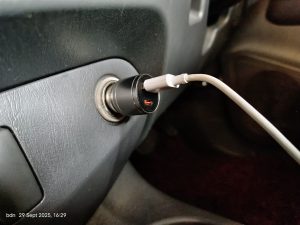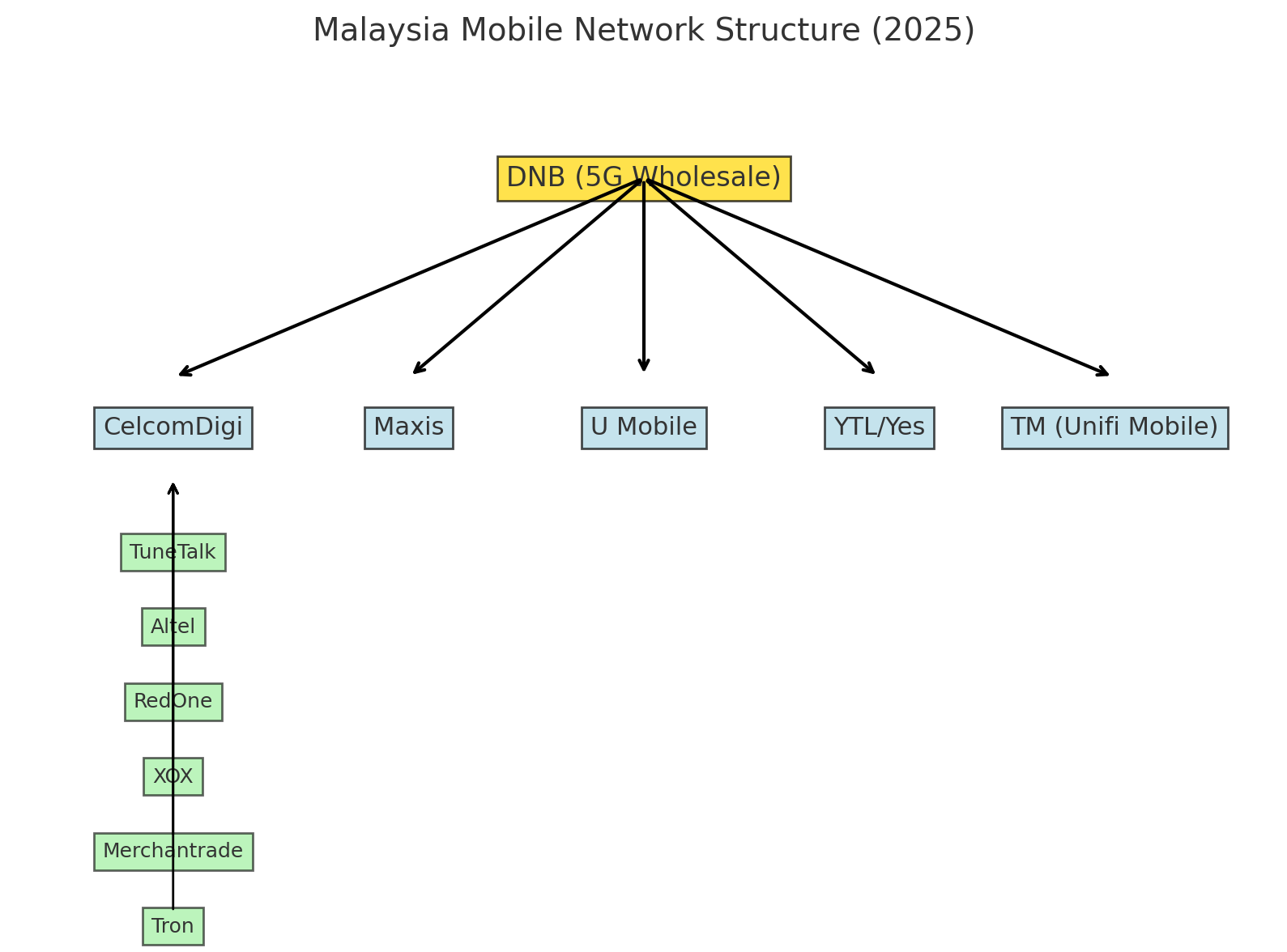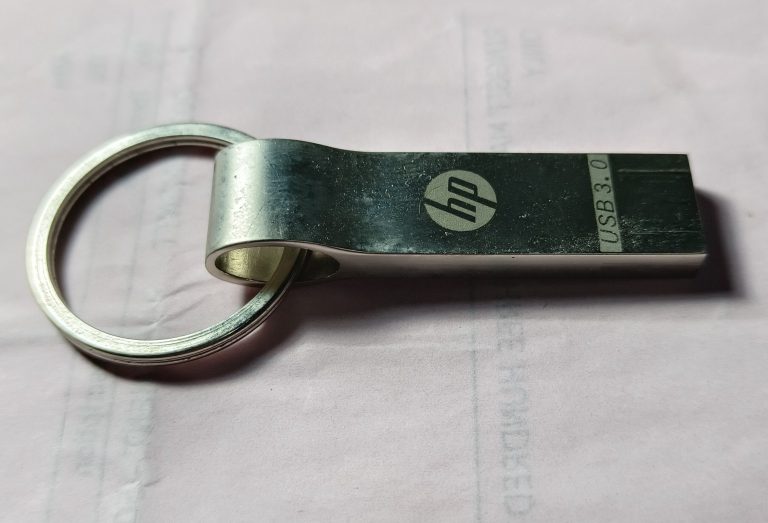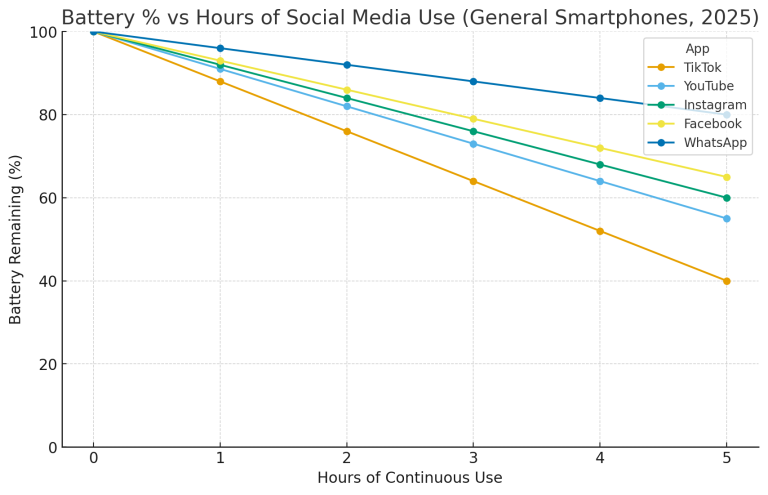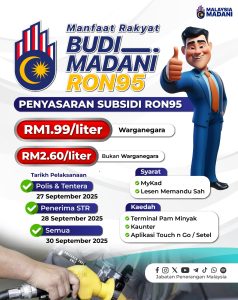- Who are they?
- “We see many telco brands in Malaysia — Celcom, Digi, Maxis, U Mobile, TuneTalk, RedOne, Yes, Unifi Mobile. But behind the logos, who really runs the networks?”
- Main Operators made up of the following;
- CelcomDigi, Maxis, U Mobile, Yes, TM.- they are still running their 4G spectrum but leasing the 5G from DNB
- The 5G (The father of all) – The DNB – Digital National Berhad
- MVNOs (Mobile Virtual Network Operators)
- “These are riders or simply mean these companies ride on the main operators’ network.— They don’t own towers, they lease capacity.” They are the smaller players but still significant in the market.
- TuneTalk – rides on CelcomDigi’s infrastructure
- Altel – ride on CelcomDigi’s infrastructure
- RedOne – ride on CelcomDigi’s infrastructure
- XOX Mobile – ride on CelcomDigi’s infrastructure
- Merchantrade Mobile – ride on CelcomDigi’s infrastructure
- Tron – ride on CelcomDigi’s infrastructure
- (Other may exist, but what I found out as of now)
- “These are riders or simply mean these companies ride on the main operators’ network.— They don’t own towers, they lease capacity.” They are the smaller players but still significant in the market.
- DNB monopoly – The Godfather of all operators.
- “No matter which operator you pick, all 5G traffic flows through DNB.” No escape, as there is only one player in Malaysia. It was established by the Government of Malaysia to serve all telecommunication companies. It was necessary, and currently it serves the country well. There are also some negative sides to it, but perhaps the government see the positive side of it as stronger. Perhaps some changes to these will be made in the future, but as of now or in the near future, it appears that we will stick to this system for a very long time. Some of the advantages to the country as well as to the operators are as follows:-
- Avoid Duplication – Telcos don’t have to build their own tower and fix their equipment.
- If every telco built its own 5G towers, we’d have 5 sets of masts side by side in cities, while rural kampungs still get nothing.
- DNB’s model avoids this waste: one network, shared by all.
- Cheaper for Telcos, Faster for Users
- Telcos lease capacity instead of burning billions on new towers.
- In theory, this means lower consumer prices and faster rollout.
- Universal Coverage (Urban + Rural)
- DNB is obligated to roll out 5G even in low-profit rural areas. If it is left to the cellular operator, they will not do it, as it is considered a negative ROI. Under normal telco competition, rural areas might be left behind.
- Economies of Scale – Bulk buying equipment from a large and reputable supplier, bulk tower rollout will give a cheaper cost per site. Malaysia can negotiate better deals and support with vendors (Huawei, Ericsson, Nokia, ZTE).
- “No matter which operator you pick, all 5G traffic flows through DNB.” No escape, as there is only one player in Malaysia. It was established by the Government of Malaysia to serve all telecommunication companies. It was necessary, and currently it serves the country well. There are also some negative sides to it, but perhaps the government see the positive side of it as stronger. Perhaps some changes to these will be made in the future, but as of now or in the near future, it appears that we will stick to this system for a very long time. Some of the advantages to the country as well as to the operators are as follows:-
- When 5G fails or is interrupted, the system will fall back on 4G from the operators themselves.

5G Speed Test result
“This 5G speed test gave me 173 Mbps down and 47 Mbps up. Do I need that much just to watch YouTube? No. But it shows the headroom 5G provides. While 4G is still excellent for daily life, 5G is the extra lane on the highway — built for what’s coming next.” Kindly note that all kinds of systems will have a higher speed ratio for the download and a lower speed for the upload. The reason is simply that almost everyone who hooks onto the internet will have more browsing/downloading compared to uploading.
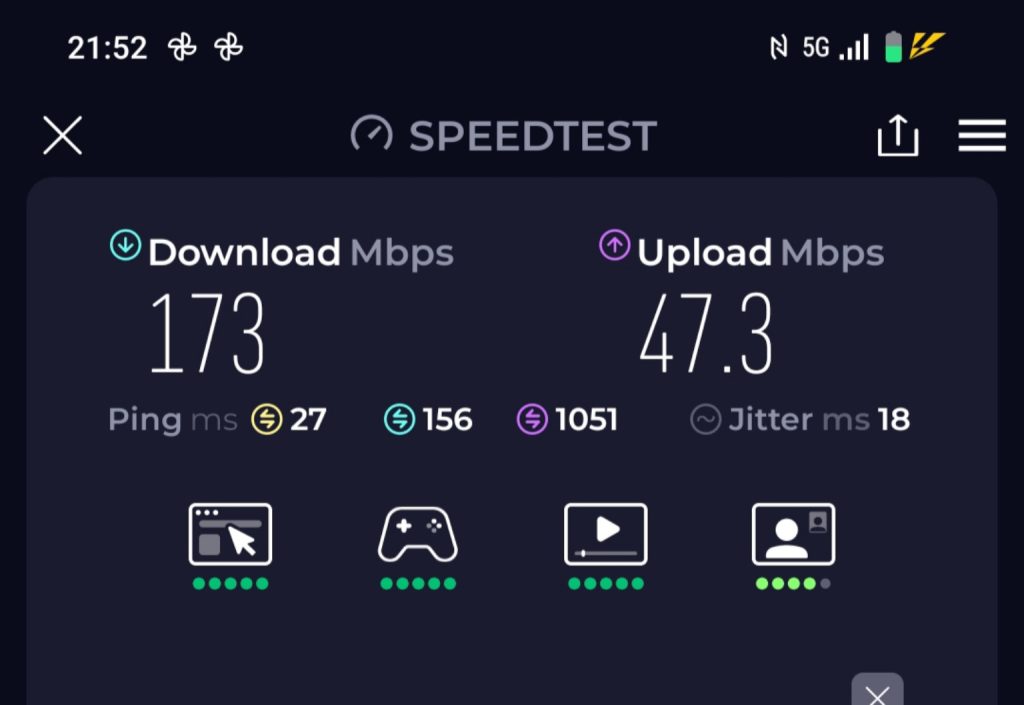
Extra Info – The Upload & Download Ratio:-
For Fixed Line Broadband (cable or fibre) = Copper / DSL : 10:1
Fibre: it can be 1: 1 (symmetrical) , but most ISPs will give 2: 1 or 3: 1 (example 600 Mbps up: 200 Mbps down.
3G – more or less 4: 1
4G – 3:1 to 5: 1
5G – you can get 1: 1 for livestreaming, gaming or cloud, but in practice in Malaysia, you may get 3 : 1 for normal usage ratio.
For Satellite Internet, it’s a distance apart; the normal ratio is 10 : 1 under good weather. However, for Starlink, it can be closer to 2 : 1.
However, despite the ratio above, normally for Business Plans, the operator normally gives a guarantee of 1 : 1 but the pricing is also “guaranteed” very high, sometimes 100x higher or more than the normal home packages.
